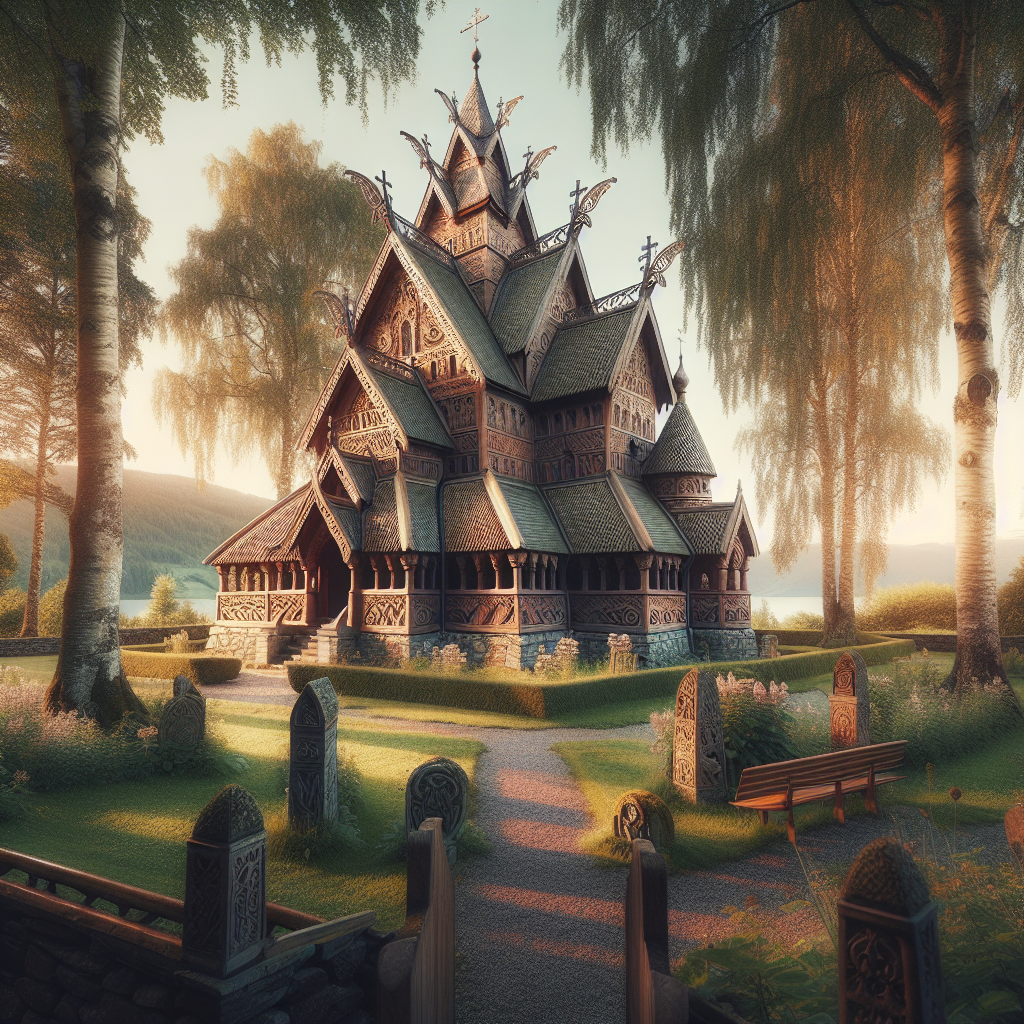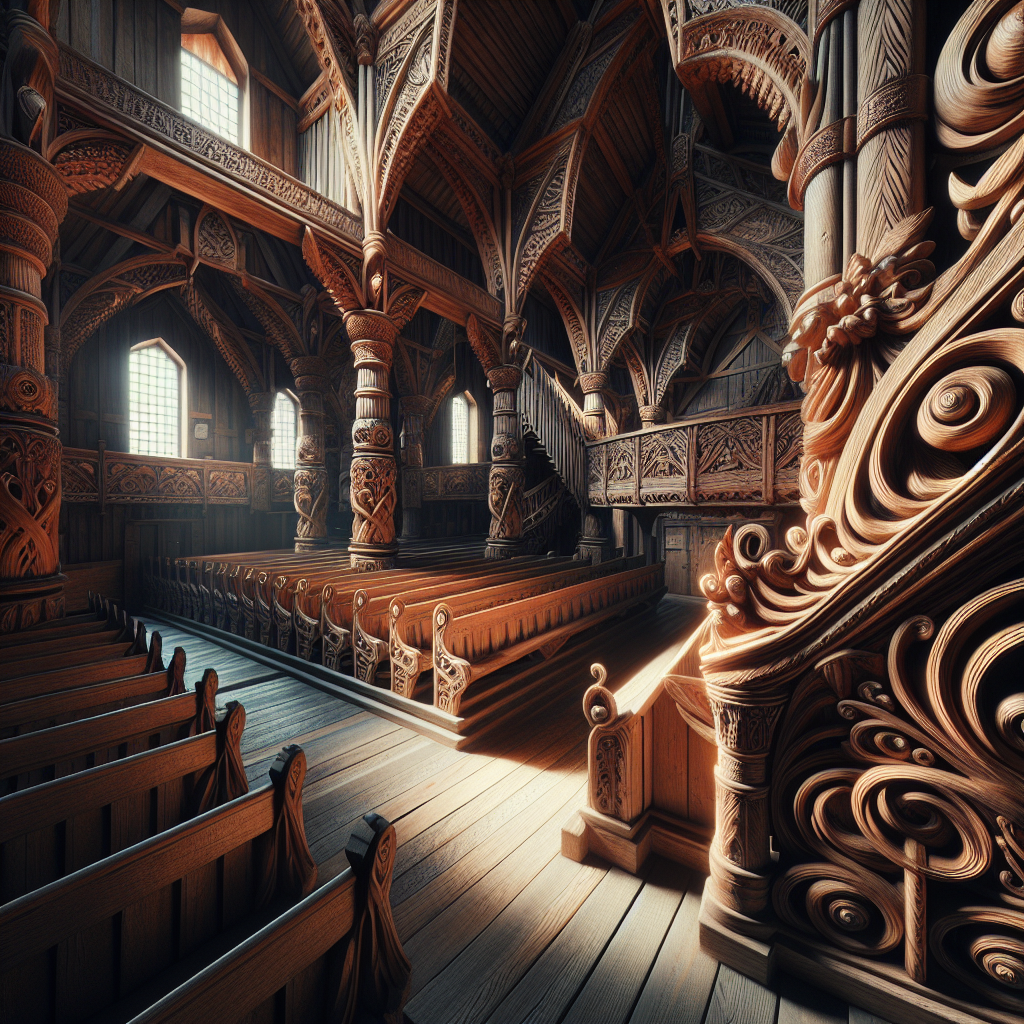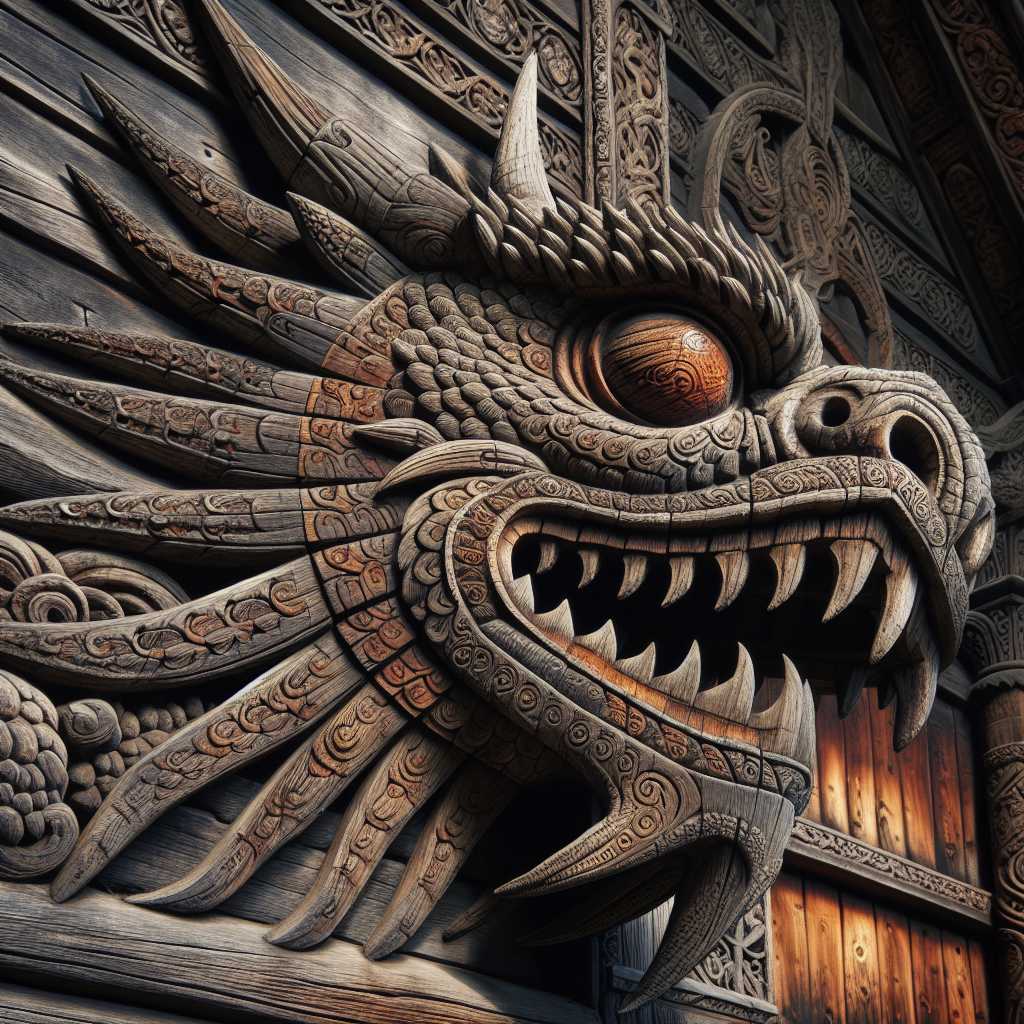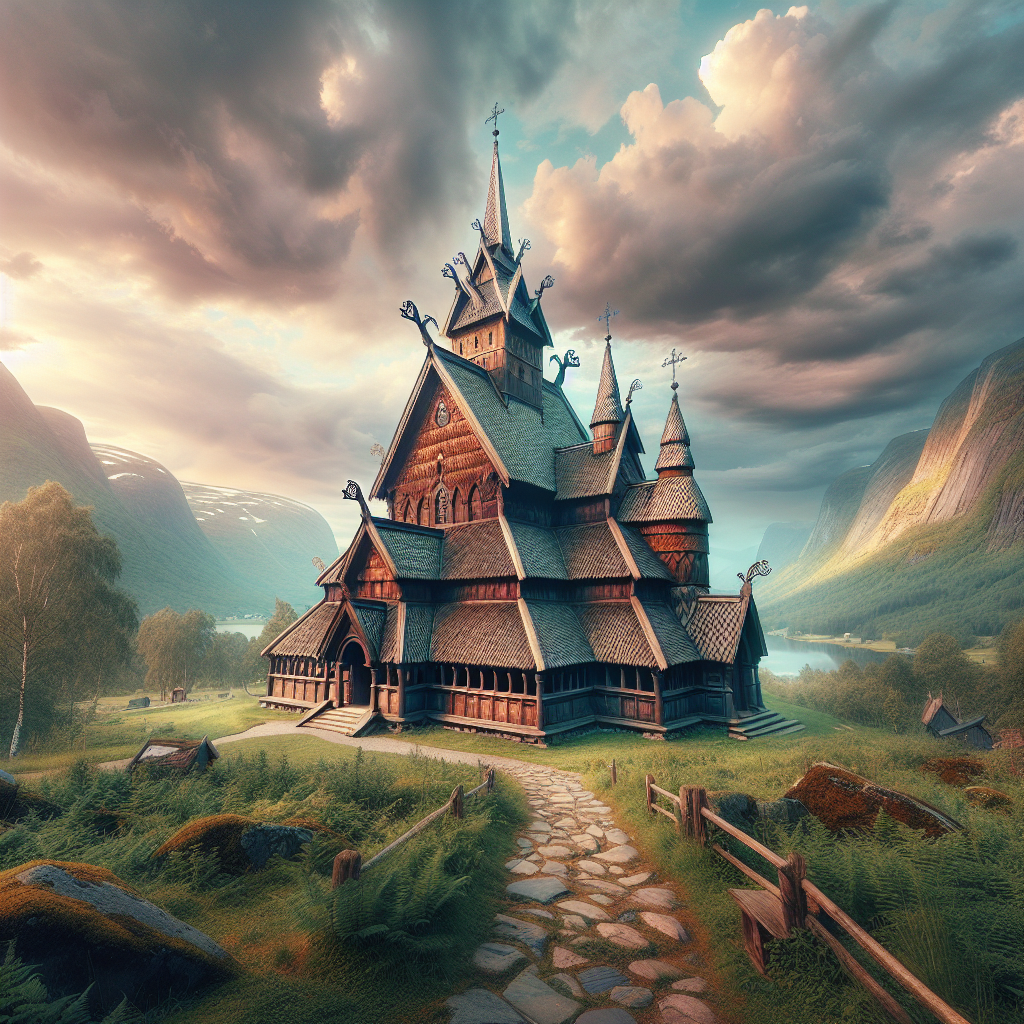Discovering Norway’s Mysterious Stave Churches: Architecture, History, and Symbolism
Discovering Norway’s Mysterious Stave Churches: Architecture, History, and Symbolism
Norway’s stave churches are a fascinating blend of medieval architecture, rich history, and deep-rooted symbolism. These wooden structures, some of which date back to the 12th century, offer a unique glimpse into Norway’s cultural and religious heritage.
Architecture of Stave Churches
Stave churches are named after the wooden staves (posts) that form the building’s framework. They are renowned for their intricate carvings, steeply pitched roofs, and dragon head details. The construction technique involves interlocking timber without the use of nails, showcasing the advanced craftsmanship of the medieval period.
- Unique Design: Each stave church has a distinct design, often featuring ornate doorways and beautifully carved portals.
- Materials: Built primarily from pine, the timber is treated with tar to protect against the harsh Norwegian climate.
- Structural Elements: Key structural elements include the staves, sills, and corner posts, which provide stability and support.

Historical Significance
Stave churches are not only architectural marvels but also historical treasures. They were built during a time when Christianity was spreading across Norway, replacing the old Norse pagan traditions.
- Christianization of Norway: These churches symbolize the transition from paganism to Christianity in Norwegian society.
- Medieval Heritage: Many stave churches still stand today, serving as a testament to Norway’s medieval heritage and the resilience of wooden architecture.
- Cultural Preservation: Efforts have been made to preserve these churches, many of which are now protected as cultural heritage sites.

Symbolism in Stave Churches
Stave churches are rich in symbolism, blending Christian and Viking motifs. The carvings and decorations often tell stories from both the Bible and Norse mythology.
- Dragon Heads: The dragon heads on the roof ridges are believed to protect against evil spirits, a nod to Viking traditions.
- Christian Imagery: Carvings of biblical scenes and saints adorn many of the churches, illustrating the stories of Christianity.
- Runic Inscriptions: Some churches feature runic inscriptions, offering insights into the language and beliefs of the time.

Visiting Norway’s Stave Churches
Today, visitors can explore these enchanting structures and immerse themselves in Norway’s rich cultural history. Some of the most famous stave churches include:
- Borgund Stave Church: Located in Lærdal, it is one of the best-preserved stave churches and a popular tourist destination.
- Heddal Stave Church: The largest stave church in Norway, located in Notodden, known for its impressive size and intricate details.
- Urnes Stave Church: A UNESCO World Heritage site, renowned for its unique blend of Viking and Christian art.

Whether you are an architecture enthusiast, a history buff, or simply a curious traveler, Norway’s stave churches offer a captivating journey through time and tradition. Plan your visit and discover the mysterious charm of these wooden wonders.
- The Hidden Beauty of Norway’s Archipelagos - August 20, 2024
- Nordic Noir: The Rise of Norwegian Crime Fiction - August 15, 2024
- Discovering Norway’s Mysterious Stave Churches: Architecture, History, and Symbolism - August 12, 2024


